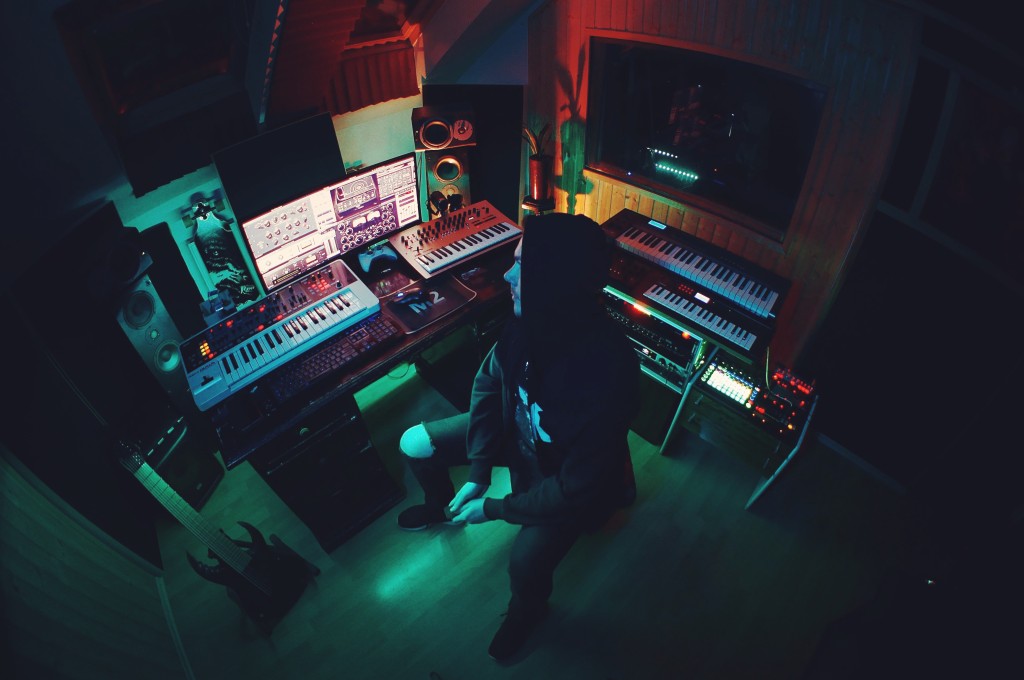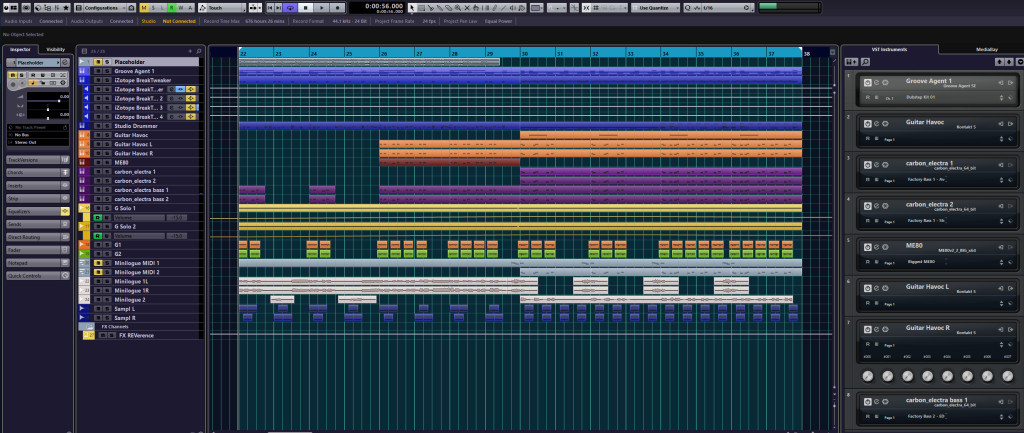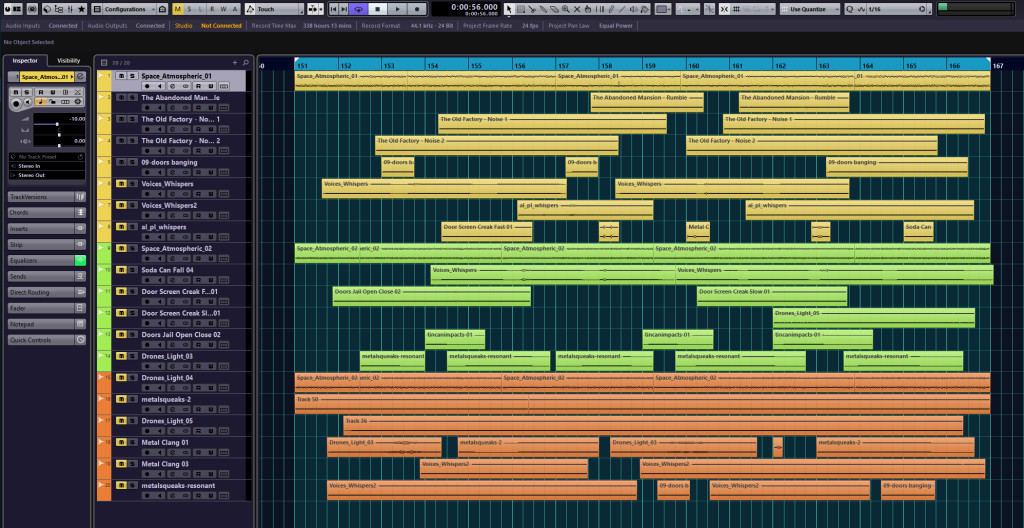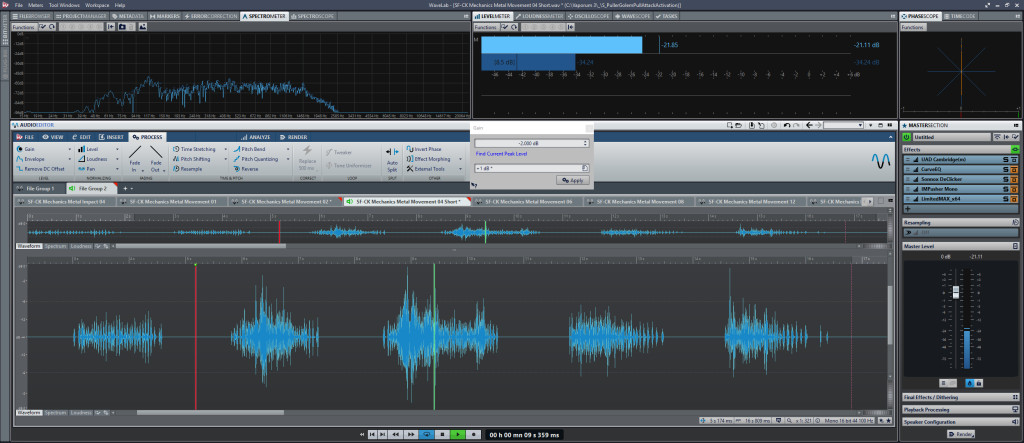Hey folks!
We have a short article about making sounds for you!
I bet you agree with me that sound is a very important part of any game. When working on a game from scratch, you typically start with white boxes for level geometry, placeholder art for UI, and low-quality sounds (if any) for game features. Just so you have some semblance of what it all will look and sound like when it’s done.
Even though the game mechanics may work flawlessly at that stage, it just lacks soul and atmosphere. After many many months of development, when we finally got to a point where all features were set in stone and we were 100% sure about them, we sent a list of sounds to a professional sound designer. When he sent us back the sound files, and we put them in, the game just came alive all of a sudden. It’s a world of difference! For me, personally, this is one of the most rewarding and fun aspects of game development.
Today, our experienced sound designer, Milan Malík, shares with us how he went about making sounds and ambience for Vaporum.
Milan:
I start with browsing through my sound library, selecting various sounds according to required categories. I create special layers of sound in my studio using professional microphones and preamps, additionally using some of the devices listed below. Cubase and Wavelab are the DAW software of my choice, along with a great amount of VST plugins.
With these layers recorded and pre-existing sounds from the library ready, I then proceed to the editing phase. This includes cutting, stretching, looping, tweaking the volume levels so the sound plays well with others, and tuning the frequencies. Then comes the layering, mixing, and post-processing, including improving the sound output with saturators, EQs, compressors, limiters, and other effects and instruments.
Because it’s very hard to predict if a sound will fit well into the game and the specific feature set, I make multiple variants of each sound so the devs can choose the one that sounds best. Despite this, sometimes none of the variants I make fits well, so we go back and forth, iterating on the sound until the devs are happy with the result. Because every sound I make is divided into layers, it’s easy to tweak things like duration, pitch, or any kind of tweaking the devs request.
List of used gear:
- Software: Steinberg Cubase, Wavelab + lots of VST and VSTi plugins.
- Hardware: Universal Audio Apollo, Focusrite Octopre Mk II, Korg Minilogue, Novation Circuit, Waldorf Streichfett, Waldorf Rocket, Roland Gaia SH-01, Yamaha ReFace DX, M-Audio Axiom, Korg Volca Beats, Korg Volca Bass, Korg Volca Keys, Alesis 3630 Compressor, ENGL Tube Preamp E530.




Sorry, the comment form is closed at this time.